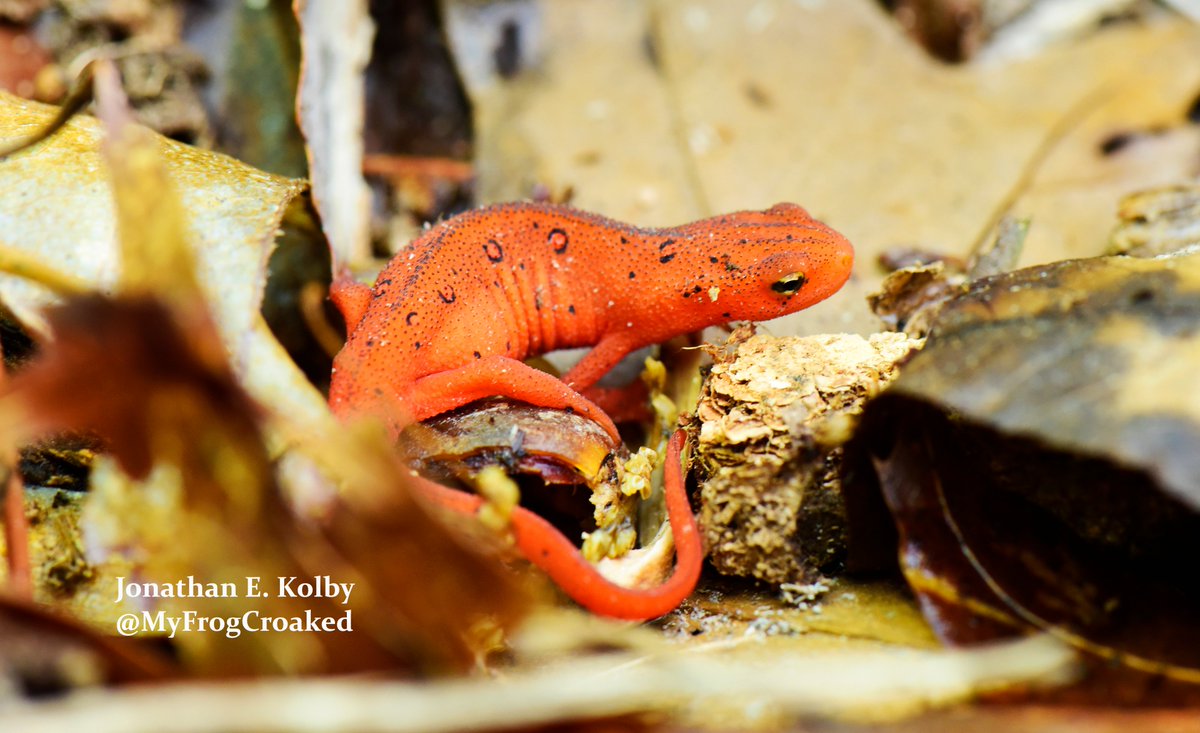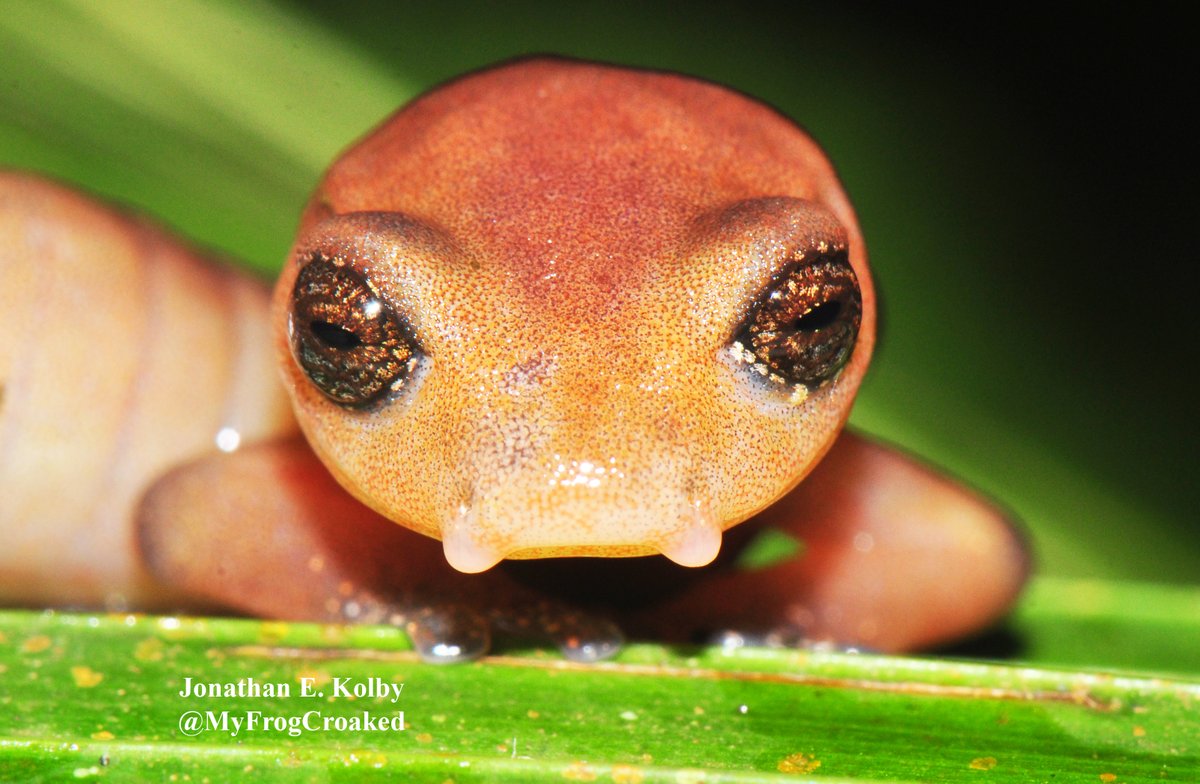Discover and read the best of Twitter Threads about #chytrid
Most recents (4)
Five years ago today, USFWS banned 201 species of #salamanders from entering the US to prevent a #chytrid extinction crisis (see here: fws.gov/injuriouswildl…) Unfortunately #frogs can also carry this pathogen & their door remains wide open: nationalgeographic.com/animals/2020/0… #WildlifeTrade
As a freelance #WildlifeTrade scientist, my work integrates #science & policy to help reduce potential harm trade may cause. The example above shows the dangers that occur when government laws & policies don't keep up with scientific progress (2/N) @NatGeo #nature #OneHealth 

After @USFWS enacted the 2016 #WildlifeTrade restriction to help keep this deadly fungus out of the US, it was found that frogs can also carry this "#salamander" pathogen. Thus #frogs might be carrying 2 species of #chytrid into the US (see brill.com/view/journals/…) #SciComm (3/N) 

IMPORTANT REMINDER! If you ever see a sick or dead #salamander please snap a photo & add it to my disease surveillance page on @inaturalist at inaturalist.org/projects/savin… A novel #chytrid fungus is attacking #salamanders & you can help! #CitizenScience #CommunityScience #salamanders 

Just realized I hashtagged salamanders 50 times in the post above. Sorry! Chytrid fungus gets me all fired up!
And just to be clear, the photos you upload do NOT necessarily mean that the animals had #chytrid fungus. Lots of things cause amphibians to die. But we have *so* little info about what a "normal" amount of dead #salamanders looks like. Your records have sparked field responses!
Good news!
The salamander #chytrid fungus (Batrachochytrium salamandrivorans, #Bsal), that is causing massive mortality of #salamanders in Europe, was not detected in an intensive survey of wild North American #amphibians!
Read the complete study here: nature.com/articles/s4159…
The salamander #chytrid fungus (Batrachochytrium salamandrivorans, #Bsal), that is causing massive mortality of #salamanders in Europe, was not detected in an intensive survey of wild North American #amphibians!
Read the complete study here: nature.com/articles/s4159…
Through intensive survey efforts, a collaborative team of over 35 researchers led by the USGS Amphibian Research and Monitoring Initiative and USGS National Wildlife Health Center has found no detection of Bsal across the US and one site in Mexico.
The results published on August 3 in Scientific Reports by Waddle et al. found no evidence of Bsal in over 11,000 collected skin swabs. These findings suggest that if Bsal does occur in the US it is not likely to be widespread in many of the high-risk areas that were sampled.
"Not all strains of the fungus are created equal,” says Dr. Molly Bletz, our new Director of International Disease Mitigation at ASA, and co-author of this critical new study, which tracks the frog-killing fungus, Batrachochytrium dendrobatidis (Bd).
bit.ly/2ln4UM7
bit.ly/2ln4UM7
“Given that different genetic variants are deadlier than others, and that hybridization of mild strains can lead to more harmful strains, knowing what is where is crucial for informing policy decisions, management and mitigation of this fungus", continues Molly Bletz. #chytrid
Find here the original paper: pnas.org/content/early/…
